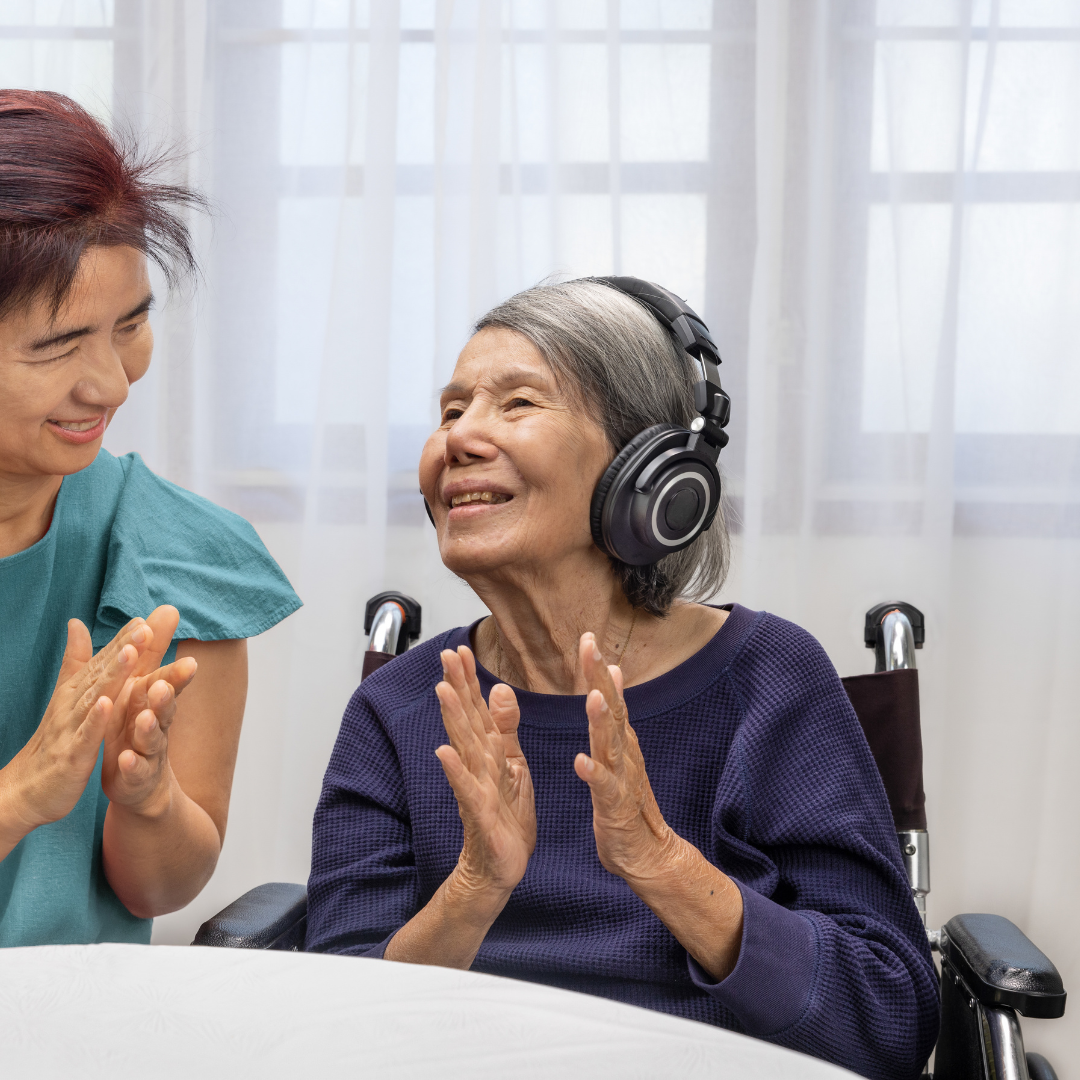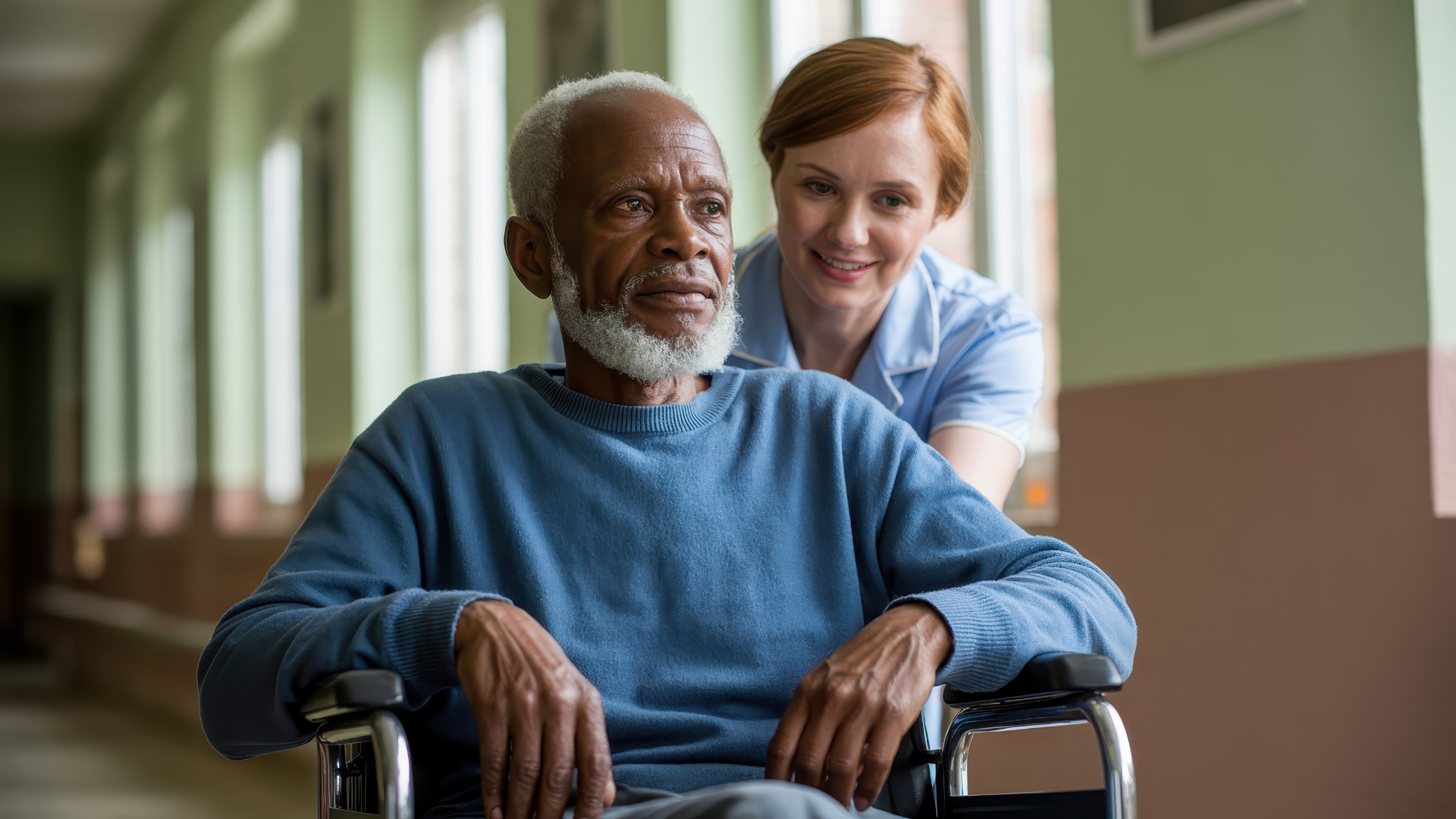
Musical Memory
Music has a remarkable ability to reach parts of the brain that other stimuli often cannot. Even as verbal memory and reasoning decline, musical memory often remains surprisingly strong. Familiar melodies, rhythms, and lyrics can evoke vivid recollections from the past, helping to reconnect individuals with their personal history and sense of self. In memory care, this makes music a powerful tool for individuals living with cognitive impairments, including Alzheimer’s disease and other forms of dementia.
Senior Care, Hospice Care, and Palliative Care Accommodations in San Diego
RanchView Senior Assisted Living is a family owned and operated independent and assisted living community in Encinitas, California. We offer progressively increasing levels of care according to our residents’ needs. Experience memory care in a relaxed, home-like environment.
Many Forms of Music in Memory Care
Music therapy in memory care can take many forms. Personalized playlists, singing sessions, group music-making, or even rhythmic movement to a beat can all provide cognitive and emotional benefits. Personalized music, songs that hold particular meaning to the individual, such as childhood tunes or wedding songs, can be especially potent in evoking memories. These experiences not only support memory recall but also improve mood, reduce anxiety, and decrease behavioral disturbances.
Music Engages Multiple Areas of the Brain
The science behind this lies in the way music engages multiple areas of the brain simultaneously. Listening to music activates auditory pathways, emotional centers such as the amygdala, and memory-related regions including the hippocampus. The rhythmic and repetitive elements of music provide predictable patterns, which can help organize and structure neural activity in individuals whose cognitive processing may be disrupted. This means that even short exposure to a familiar song can trigger recognition, word recall, and emotional responses, bridging the gap between present and past experiences.
Rhythm, in particular, plays a critical role. Repetitive beats and predictable tempo provide a sense of structure and can enhance attention and engagement. This rhythmic framework can also facilitate motor responses, such as tapping hands or moving to a beat, which further reinforces neural connections.
Music Fosters Social Connection
Beyond individual benefits, music also fosters social connection. Group music activities encourage interaction, shared enjoyment, and validation, which can counteract the isolation often experienced in memory care settings. By harnessing music and rhythm thoughtfully, caregivers and therapists can create meaningful, joyful experiences that help preserve identity, promote cognitive function, and uplift mood, demonstrating that even in the face of cognitive decline, memory and emotion can still find expression through the universal language of music.
Respite Care in San Diego
At RanchView, we offer respite care accommodations. The respite care program enables family caregivers to take time to rest, recover from stress, and restore much-needed balance in their lives. With this service, we open our doors to individuals living with Alzheimer’s or dementia for a limited stay in our memory care community. This gives family caregivers the opportunity to have temporary relief from the responsibilities of caregiving, without the need for families to make an immediate decision about long-term care.
Creating a Supportive Environment for Alzheimer’s Impacted Individuals
When people think of Alzheimer’s disease, the first symptom that usually comes to mind is memory loss. However, Alzheimer’s affects much more than just memory. It is a progressive disease that impacts various aspects of cognitive and physical functioning, making daily tasks increasingly difficult.
For families and caregivers, understanding these diverse symptoms can provide greater insightinto the challenges their loved ones face. While there is no cure for Alzheimer’s, educating ourselves about the full range of symptoms can help create a more supportive environment for those living with the disease.


